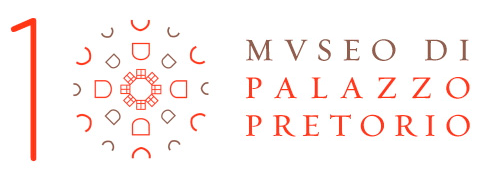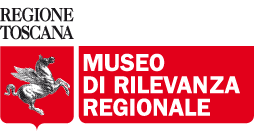From the late Gothic to the Renaissance

The great polyptychs
The collection of polyptychs in the Museum describes the development of painting in Tuscany in the period just before the flowering of the Renaissance, which was particularly vibrant and innovative in Prato. In the fourteenth century the artistic scene in the town was dominated for long periods by painters of the school of Giotto: a painting, now sadly lost, for the church of San Domenico is from his time in Prato; Taddeo Gaddi and his students Maso di Banco are thought to have received commissions and Bernardo Daddi was entrusted with important commissions as may be seen in the collection of the museum. But it is around the middle of the century that an event of primary importance took place: the installation of the imposing altar piece painted by Giovanni da Milano for the ancient Pilgrim House of the Spedale della Misericordia. This altarpiece, Madonna and Child with Saints (1355-1360), is considered one of the masterpieces by one of the leading lights of Italian painting of the fourteenth century; it marvellously combines Tuscan classicism with the spontaneous, realistic narrative style of the Lombard painters. At the end of the fourteenth century, the influence of Agnolo Gaddi and his beautiful frescoes in the chapel of the Holy Girdle (1392-1395), put Prato on the artistic map, as it were. The taste for storytelling and the care for decorative elements were later drawn upon by Lorenzo Monaco in his brilliant altarpiece with Madonna and Child with Saints (1408 -1413) , in which his painting evolved towards sophisticated elaborations of the international style; an isolated example of this style in the art of Prato. A more representative style is demonstrated by the work of Pietro di Miniato, who, together with his brother Antonio, dominated the art scene in Prato in the early decades of the fifteenth century, and to whom we owe the monumental altarpiece of the Coronation of the Virgin ( 1411-1413 ). Pietro and Antonio are also the creators of the fresco St. Stephen and St. John the Baptist introducing the city of Prato to Christ (1414), which can be seen on the ground floor of Palazzo Pretorio. The monumental Madonna and Child Enthroned with Saints (1424) by Mariotto di Nardo is divided into several registers and is striking for its bold colour combinations and shimmering, refined hues. Completing the collection, the Madonna and Child with Saints (1435) by Andrea di Giusto, also from the Sacca monastery, reveals the eclecticism of the artist, who alternated late Gothic narrative modes with ingenious calligraphic touches and refined chromatic effects.
The collection is completed by Andrea di Giusto with his Virgin with Child and Saints, which reveals the eclectic artist, described by Roberto Longhi, as "a rustic interpreter of Angelico."

